Looking for the cheapest motorcycles to insure? Good news! We’ve got you covered. In this article, we’ll dive into the world of motorcycle insurance and uncover some of the most affordable options available.
When it comes to insurance premiums, motorcycles can vary greatly depending on various factors such as the type of bike, engine size, and your personal riding history. However, there are certain models that tend to be more budget-friendly when it comes to insurance costs.
Whether you’re a seasoned rider or just starting out, finding an affordable insurance policy is essential. So if you’re ready to hit the road without breaking the bank on insurance premiums, keep reading as we reveal some of the cheapest motorcycles to insure.
It’s time to rev up your savings and discover which bikes offer both excitement and cost-efficiency in terms of insurance coverage. With our helpful insights, you’ll be able to make an informed decision and find a motorcycle that not only suits your style but also keeps your wallet happy. Let’s get started!
Top Affordable Motorcycles to Insure
When it comes to insuring your motorcycle, finding an affordable option is always a smart move. To help you in your search for the cheapest motorcycles to insure, we’ve compiled a list of top choices that offer both affordability and reliability. These motorcycles not only come with reasonable insurance premiums but also deliver impressive performance on the road.
Here are some of the top affordable motorcycles to insure:
Honda CB300R:
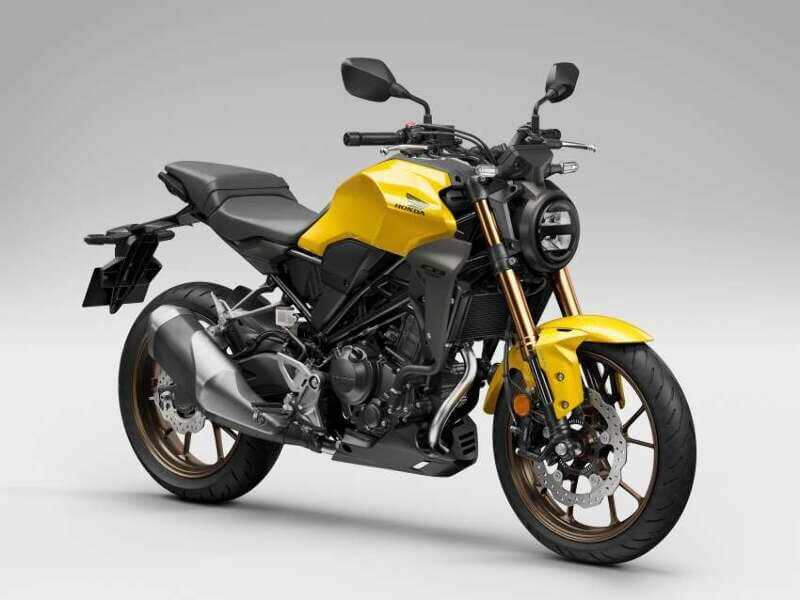
-
- Engine: 286cc single-cylinder
- Insurance Premium: Affordable
- Key Features: Sleek design, agile handling, fuel efficiency
Yamaha YZF-R3:
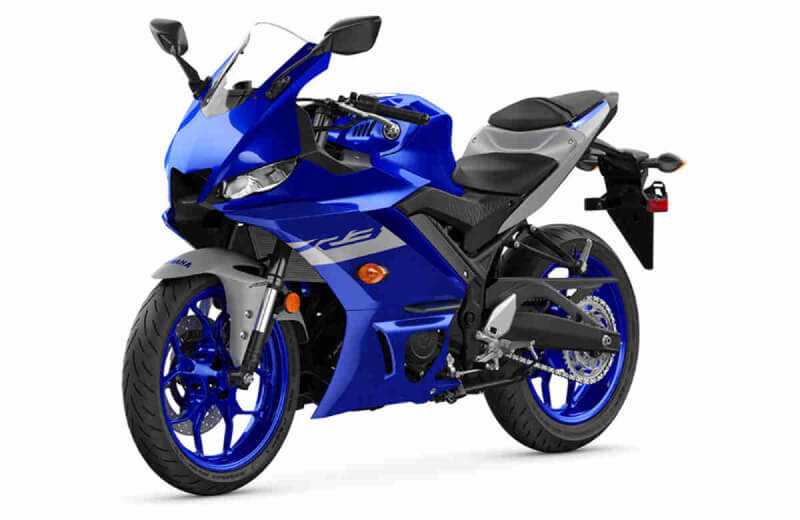
-
- Engine: 321cc twin-cylinder
- Insurance Premium: Budget-friendly
- Key Features: Sporty look, smooth power delivery, advanced safety features
Kawasaki Z400:
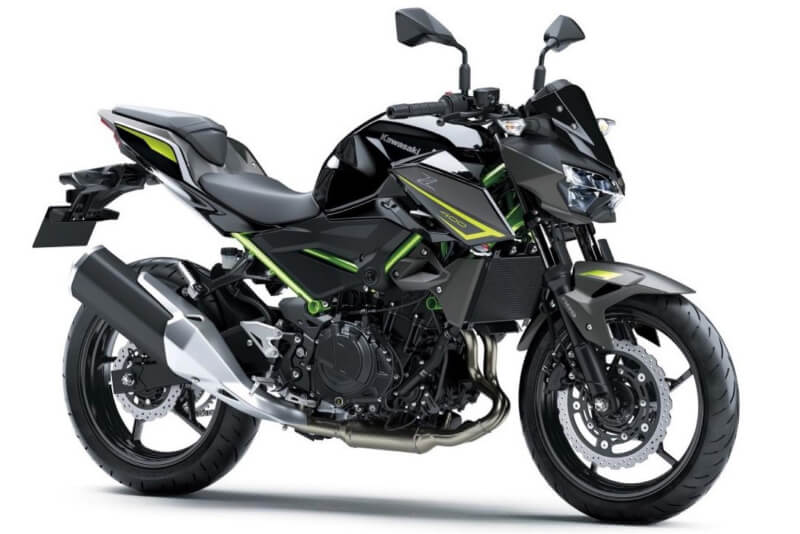
-
- Engine: 399cc parallel-twin
- Insurance Premium: Competitive rates
- Key Features: Lightweight build, nimble handling, comfortable riding position
Suzuki SV650:
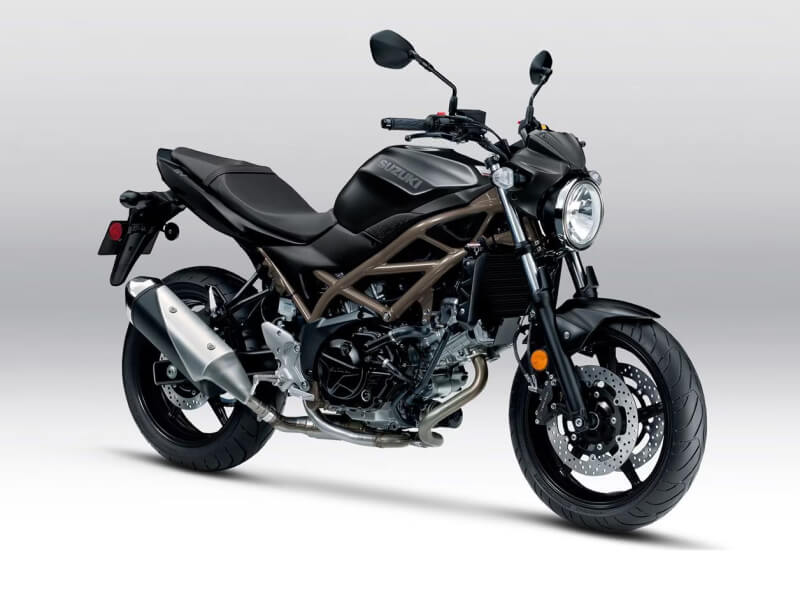
-
- Engine: 645cc V-twin
- Insurance Premium: Wallet-friendly
- Key Features: Versatile performance, user-friendly nature, excellent value for money
KTM 390 Duke:
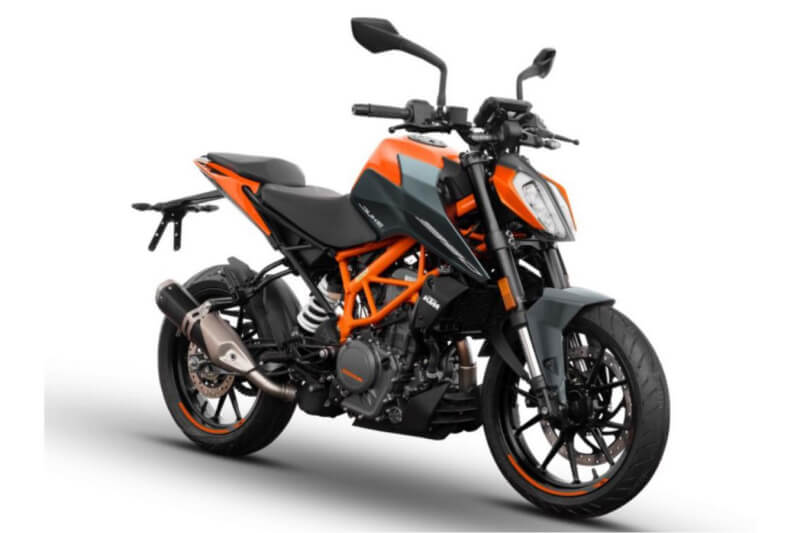
-
- Engine: 373cc single-cylinder
- Insurance Premium: Cost-effective coverage while maintaining quality protection.
- Key Features : Aggressive styling , spirited performance, advanced technology.
These motorcycles have gained popularity among riders due to their affordability and cost-effectiveness when it comes to insurance coverage. Whether you’re a beginner or an experienced rider looking for a budget-friendly option without compromising on quality and performance, these bikes are worth considering.
Remember that insurance premiums can vary based on factors such as your location, driving record, age, and level of coverage desired. It’s important to get personalized insurance quotes from different providers to find the best option for your specific needs.
So, if you’re on the hunt for the cheapest motorcycles to insure, keep these top affordable options in mind. Not only will they save you money on insurance premiums but also provide an enjoyable riding experience without breaking the bank.
Read Also: Four Wheelers Under 3000: Your Budget-Friendly Off-Road Adventure
Factors Affecting Motorcycle Insurance Rates
When it comes to insuring your motorcycle, there are several factors that can influence the insurance rates you’ll be quoted. Understanding these factors can help you make informed decisions and potentially save money on your premiums. Here are a few key considerations:
- Motorcycle Type: The type of motorcycle you own plays a significant role in determining insurance rates. Generally, sport bikes tend to have higher insurance costs due to their increased speed and risk of accidents. On the other hand, cruisers and touring bikes may come with lower insurance premiums.
- Engine Size: The engine size of your motorcycle is another factor that insurers take into account when calculating rates. Bikes with larger engines often command higher premiums as they are associated with greater speeds and potential risks.
- Age and Experience: Your age and riding experience can impact your insurance rates as well. Younger riders or those with less experience may face higher premiums because they tend to have a higher likelihood of accidents.
- Driving Record: Just like with car insurance, having a clean driving record can help lower your motorcycle insurance rates. Insurers typically reward safe riders who have no history of accidents or traffic violations.
- Location: Where you live also affects how much you’ll pay for motorcycle insurance. Urban areas or regions with high accident rates may result in higher premiums compared to rural areas where the risk is relatively lower.
- Security Measures: Taking steps to secure your bike against theft can lead to reduced insurance costs. Installing anti-theft devices such as alarms or using secure parking facilities can demonstrate to insurers that you’re taking precautions, potentially resulting in lower premiums.
- Usage Patterns: How often and for what purposes you ride your motorcycle can impact your insurance rates too. If you use it primarily for commuting during rush hour, insurers may consider it more risky compared to occasional recreational rides on weekends.
It’s important to note that insurance rates can vary significantly between providers, so it’s always a good idea to shop around and compare quotes. By understanding these factors and taking appropriate measures, you can find the right coverage at an affordable price for your beloved motorcycle.
Read Also: Repossessed Polaris Slingshot for Sale: How to Score a Steal on a Unique Ride
Understanding Insurance Coverage for Motorcycles
When it comes to insuring your motorcycle, understanding the different coverage options available is essential. Here’s a breakdown of the key points to help you navigate through the world of motorcycle insurance:
Liability Coverage
Liability coverage is typically required by law in most states. It helps protect you financially if you’re at fault in an accident that causes injury or property damage to others. This coverage includes two parts:
- Bodily Injury Liability: Covers medical expenses, pain and suffering, lost wages, and legal fees for those injured in an accident.
- Property Damage Liability: Pays for repairs or replacement of damaged property resulting from an accident.
Collision Coverage
Collision coverage pays for repairs or replacement of your own motorcycle if it’s damaged in a collision with another vehicle or object. Keep in mind that this coverage may have a deductible, which is the amount you’ll need to pay out of pocket before your insurance kicks in.
Comprehensive Coverage
Comprehensive coverage protects your motorcycle against non-collision incidents such as theft, vandalism, fire, or acts of nature like storms or floods. Like collision coverage, comprehensive also typically has a deductible.
Uninsured/Underinsured Motorist Coverage
This type of coverage steps in when you’re involved in an accident caused by someone who doesn’t have insurance (uninsured) or doesn’t have enough insurance to cover all the damages (underinsured). It helps pay for medical expenses and damages that would otherwise be covered by the other person’s liability insurance.
Medical Payments Coverage
Medical payments coverage covers reasonable medical expenses incurred by you and any passengers on your motorcycle due to an accident regardless of who’s at fault. This can include hospital bills, doctor visits, surgery costs, and more.
Understanding these basic types of motorcycle insurance coverage will give you a solid foundation when choosing the best policy for your needs. Remember to consider factors such as the value of your bike, your riding habits, and your budget when selecting coverage limits and deductibles.
Here’s a summary of the different types of motorcycle insurance coverage:
| Coverage Type | Description |
|---|---|
| Liability Coverage | Protects against injury or property damage to others |
| Collision Coverage | Pays for repairs or replacement in a collision |
| Comprehensive Coverage | Covers non-collision incidents like theft or natural events |
| Uninsured/Underinsured Motorist Coverage | Protects against uninsured or underinsured drivers |
| Medical Payments Coverage | Covers medical expenses for you and passengers |
Remember to review multiple insurance quotes from reputable providers to find the best coverage at an affordable price. Stay safe on the road!
Read Also: 5 Must-Have Accessories for Your Motorcycle: Enhance Your Riding Experience
Tips for Getting the Best Motorcycle Insurance Deal
When it comes to insuring your motorcycle, finding the best deal can save you a significant amount of money. Here are some tips to help you get the most affordable motorcycle insurance without compromising on coverage:
- Compare Multiple Quotes: Don’t settle for the first insurance quote you receive. Take the time to shop around and compare rates from different insurers. This will give you an idea of what options are available and help you find the most competitive price.
- Maintain a Good Driving Record: Your driving history plays a crucial role in determining your insurance premium. By maintaining a clean driving record, free from accidents or traffic violations, you demonstrate to insurers that you are a responsible rider. This can lead to lower premiums.
- Choose a Less Expensive Bike: The type of motorcycle you own has an impact on your insurance premium. High-performance bikes or those with expensive parts tend to come with higher insurance costs due to their increased risk of theft or accident damage. Opting for a more affordable bike can help reduce your insurance expenses.
- Consider Increasing Deductibles: A deductible is the amount you pay out of pocket before your insurance coverage kicks in after an accident or claim. By choosing a higher deductible, you may be able to lower your premium cost.
- Take Advantage of Discounts: Many insurers offer various discounts that can significantly reduce your motorcycle insurance premium. These may include multi-policy discounts (if you have other policies with the same insurer), safe rider courses, anti-theft device installation, and more.
- Bundle Your Policies: If possible, consider bundling your motorcycle insurance with other types of coverage like auto or home insurance from the same provider. Insurers often offer discounted rates when multiple policies are combined.
It’s important to remember that while affordability is essential, selecting adequate coverage is equally crucial for protecting yourself and your motorcycle. Be sure to review the policy details and understand what is included before making a final decision.
By following these tips, you can increase your chances of finding the best motorcycle insurance deal that suits both your budget and your coverage needs. Take the time to research, compare quotes, and make an informed choice for peace of mind on the road.
Conclusion
When choosing a motorcycle, always consider your personal preferences as well as your budgetary constraints before making a decision. Remember to prioritize safety by investing in proper gear and taking defensive riding courses regardless of which bike you choose.
In conclusion, if you’re looking for motorcycles with affordable insurance rates without compromising on style or performance, the Honda Grom, Kawasaki Ninja 300, Yamaha YZF-R3, Suzuki DR200S, and Harley-Davidson Street 500 are worth considering. Happy riding!